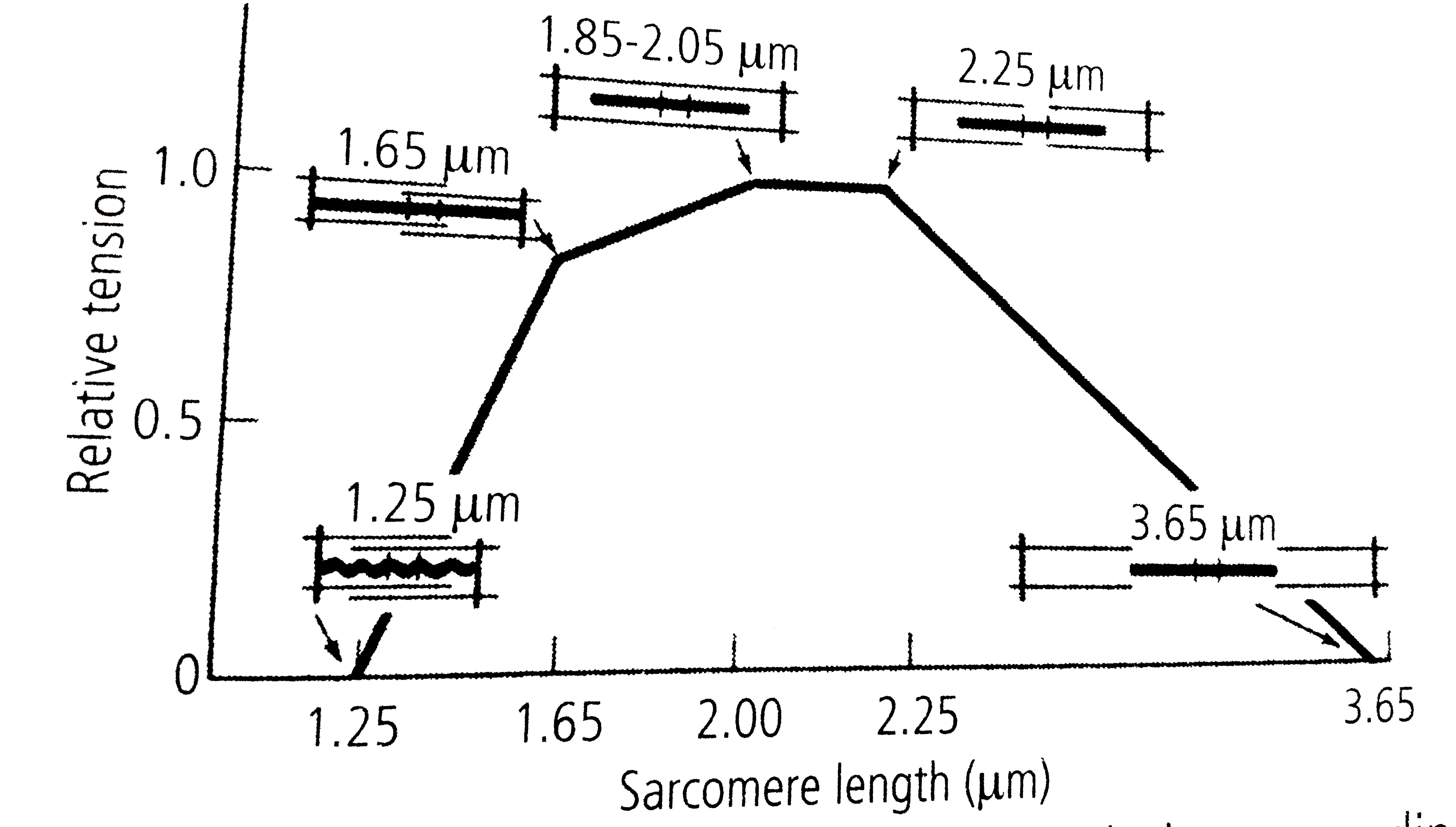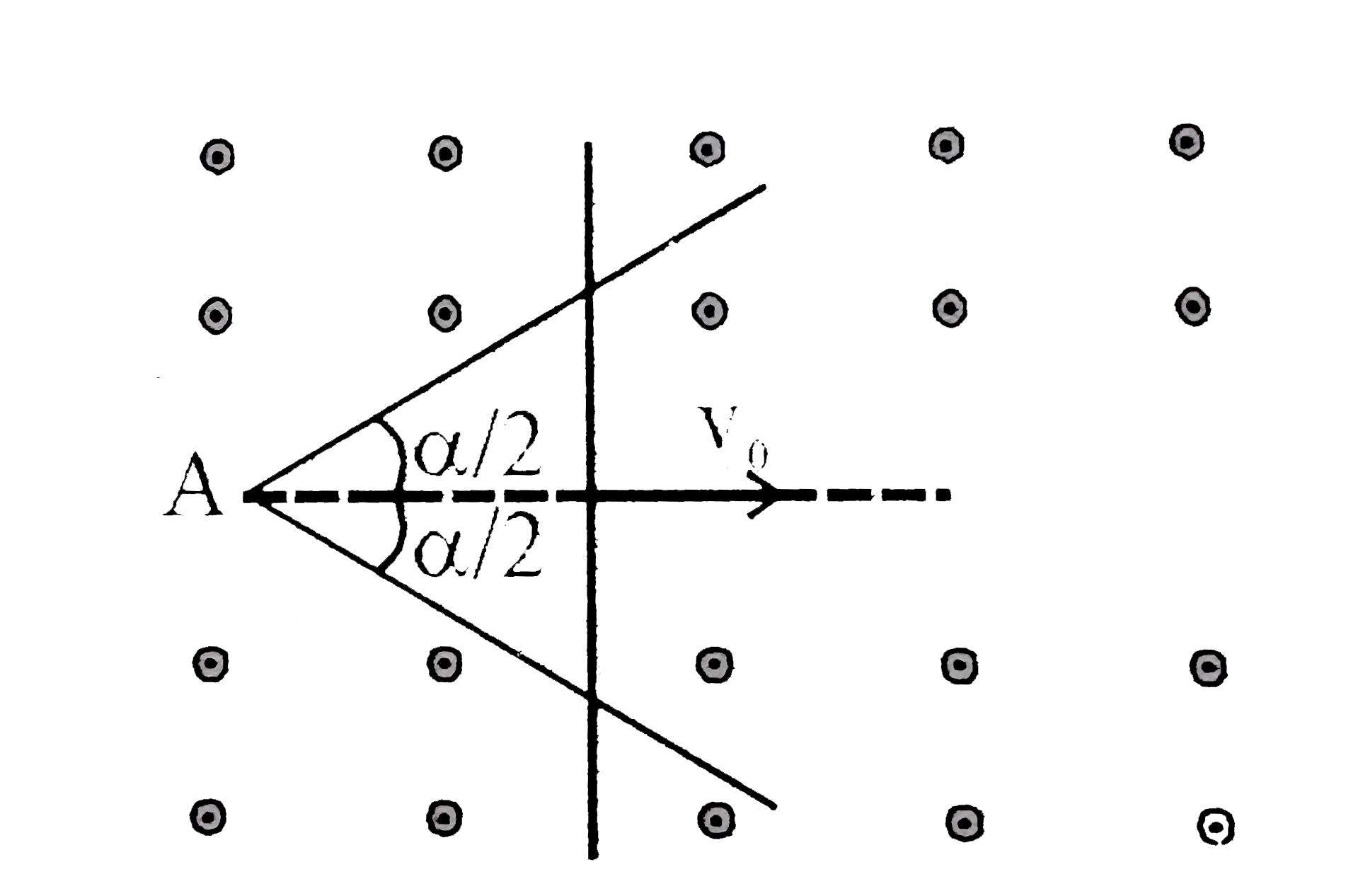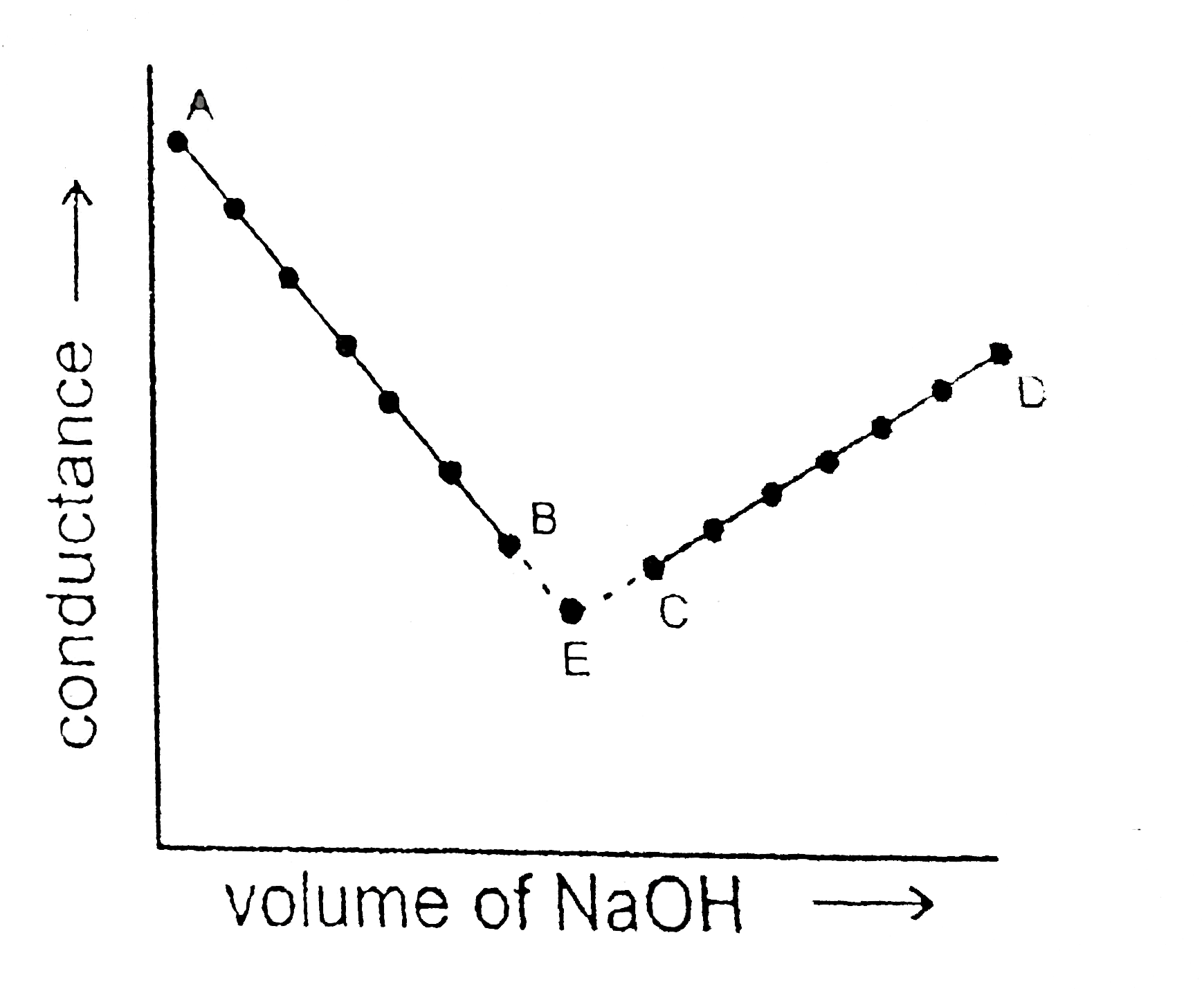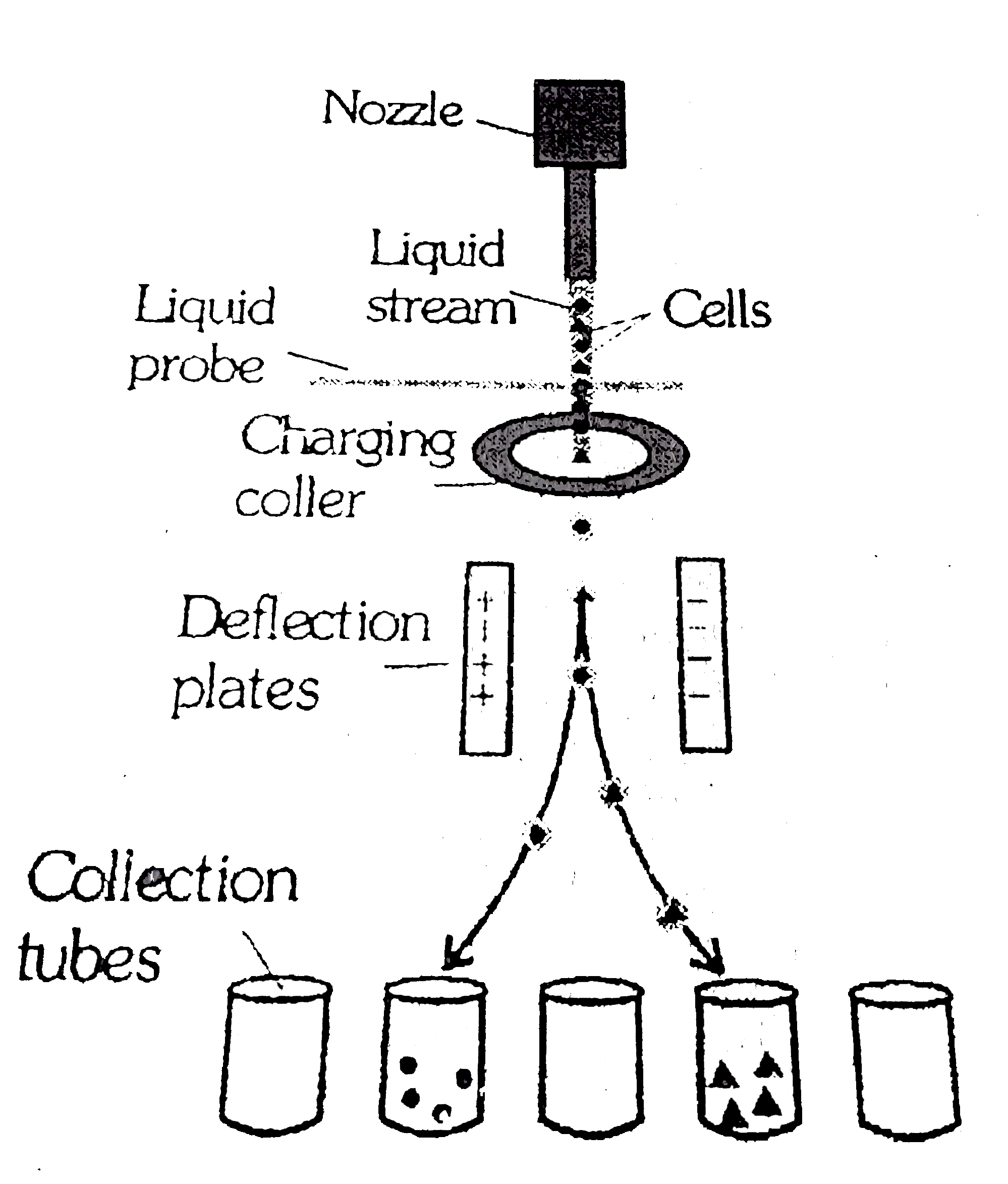Assertion : Insert electrolytes like KCl, KNO3 are used in salt bridge.
Reason : Salt bridge provides an electric contact between the two solutions without allowing them to mix with each other.
If both assertion and reason are true and reason is the correct explanation of assertion.
If both assertion and reason are true but reason is not the correct explanation of assertion.
If assertion is true but reason is false.
If both assertion and reason are false.
The correct Answer is:A
To analyze the assertion and reason provided in the question, we will break down the concepts step by step.
Step 1: Understanding the Assertion
The assertion states that electrolytes like KCl and KNO₃ are used in salt bridges.
Explanation:
- A salt bridge is a device used in electrochemical cells to maintain electrical neutrality by allowing the flow of ions between two half-cells.
- KCl (potassium chloride) and KNO₃ (potassium nitrate) are common choices for electrolytes in salt bridges because they are soluble in water and can dissociate into ions, which helps in maintaining the flow of charge.
Step 2: Understanding the Reason
The reason states that a salt bridge provides electric contact between the two solutions without allowing them to mix with each other.
Explanation:
- The primary function of a salt bridge is to connect the two half-cells of an electrochemical cell, allowing ions to flow and thus completing the circuit.
- The design of the salt bridge (often a U-shaped tube filled with electrolyte gel or solution) prevents the two solutions from mixing directly, which could lead to unwanted reactions or changes in concentration.
Step 3: Evaluating the Assertion and Reason
Now, we need to determine if both the assertion and the reason are true and if the reason correctly explains the assertion.
- Both statements are true: KCl and KNO₃ are indeed used in salt bridges, and the function of the salt bridge is to provide electric contact while preventing the mixing of solutions.
- The reason does explain the assertion correctly, as it describes the purpose of the salt bridge in electrochemical cells.
Conclusion
Based on the analysis:
- Both the assertion and the reason are true, and the reason correctly explains the assertion.
Final Answer
The correct answer is that both the assertion and reason are true, and the reason is a correct explanation of the assertion.
---
The assertion states that electrolytes like KCl and KNO₃ are used in salt bridges.
- A salt bridge is a device used in electrochemical cells to maintain electrical neutrality by allowing the flow of ions between two half-cells.
- KCl (potassium chloride) and KNO₃ (potassium nitrate) are common choices for electrolytes in salt bridges because they are soluble in water and can dissociate into ions, which helps in maintaining the flow of charge.
The reason states that a salt bridge provides electric contact between the two solutions without allowing them to mix with each other.
- The primary function of a salt bridge is to connect the two half-cells of an electrochemical cell, allowing ions to flow and thus completing the circuit.
- The design of the salt bridge (often a U-shaped tube filled with electrolyte gel or solution) prevents the two solutions from mixing directly, which could lead to unwanted reactions or changes in concentration.
Now, we need to determine if both the assertion and the reason are true and if the reason correctly explains the assertion.
- The reason does explain the assertion correctly, as it describes the purpose of the salt bridge in electrochemical cells.
Based on the analysis:
- Both the assertion and the reason are true, and the reason correctly explains the assertion.
The correct answer is that both the assertion and reason are true, and the reason is a correct explanation of the assertion.
Topper's Solved these Questions
- REDOX REACTIONSBOOK - NCERT FINGERTPS ENGLISHCHAPTER - REDOX REACTIONSEXERCISE - Redox Reactions In Terms Of Electron Transfer Reactions
5 Videos
- REDOX REACTIONSBOOK - NCERT FINGERTPS ENGLISHCHAPTER - REDOX REACTIONSEXERCISE - Oxidation Number
70 Videos
- REDOX REACTIONSBOOK - NCERT FINGERTPS ENGLISHCHAPTER - REDOX REACTIONSEXERCISE - NCERT EXEMPLAR PROBLEMS
11 Videos
- PRACTICE PAPER 3BOOK - NCERT FINGERTPS ENGLISHCHAPTER - PRACTICE PAPER 3EXERCISE - Practice Paper 3
46 Videos
- SOME BASIC CONCEPTS OF CHEMISTRY BOOK - NCERT FINGERTPS ENGLISHCHAPTER - SOME BASIC CONCEPTS OF CHEMISTRY EXERCISE - NCERT Exemplar
11 Videos
Similar Questions
Knowledge Check
Assertion : The transfer of electrons from zinc to copper takes place through metal wire connecting the two rods.
Reason : Electricity from solution in one beaker to other flows by migration of ions through the salt bridge.AIf both assertion and reason are true and reason is the correct explanation of assertion.BIf both assertion and reason are true but reason is not the correct explanation of assertion.CIf assertion is true but reason is false.DIf both assertion and reason are false.The given graph shows length-tension curve for a typical vertebrate sarcomere.

By analysing the graph, what can you deduce regarding the muscle contraction?
(i) Neither the myosin filaments nor the actin thin filaments change in length when a sarcomere shortens or is stretched. Instead, it is the extent of ocerlap between actin and myosin filaments that changes.
(ii) The total tension produced by a sarcomere is proportional to the total number of cross-bridges that can interact with actin filaments, and this number in turn is proportional to the amount of of overlap between thick and thin filaments.
(iii) The tension produced by the muscle is maximal when the overlap between thick and thin filamentss allows the largest number of myosin cross-bridges to bind to actin.
(iv) Tension drops off with increased lenght, because the thick and thin filaments overlap less and fewer cross-bridges can bind.
Tension drops off with decreased length, because thin filaments at the two ends of the secromere begin to collide with each other, preventing further shortening.A(i) OnlyB(i),(iii) and (iv)C(i),(iii),(iv) and (v)D(i),(ii),(iii),(iv) and (v)
Assertion (A): A saturated solution of KCl is used in making salt bridge.
Reason (R): Ionic mobilities of K+ and Cl− are comparable.
View SolutionDraw the diagram a of galvanic cell involving following reactions :
Zn+Cu+→Zn2++Cu and answer the following questions:
(i) Label the cathode and anode
(ii) How does the e.m.f. of the cell changes with the decrease in the concentration of Cu2+ ions ?
(iii) What is the function of salt bridge in it?
(iv) Name the salt to be used in salt bridge.
(v) Write the reactions occurring at each electrode.
(vi) In which direction the electrons would flow in the external circuit?
(vii) How electrical neutrality is maintained in both the half cells?
View SolutionA long straight wire of negligible resistance is bent into V shape, its two arms making an angle α with each other and placed horizotally in a vertical, homogeneous field B. A rod of total mass m, and resistance r per unit length, is placed on V shaped conductor, at a distance x0 from its vertex A, and perpendicular to the bisector of angle α (see fegure)

The rod is started off with an initial veloctiy v0 in the direction of bisector and away from vertex A. The rod is long enough not to fall off the wire during the subsquent motion, and the electrical contact between the two is good although friction between them is negligible. Choose CORRECT statements(s)
View SolutionSaturated solution of KNO3 with agar-agar is used to make 'salt bridge' because:
View Solution
Strong acid versus strong base:
The principle of conductometric titrations is based on the fact that during the titration, one of the ions is replaced by the other and invariable these two ions differ in the ionic conductivity with the result that thhe conductivity of the solution varies during the course of the titration. take, for example, the titration between a strong acid, say HCl, and a string base, say NaOH before NaOH is added, the conductance of HCl solution has a high value due to the presence of highly mobile hydrogen ions. As NaOH is added, H+ ions are replaced by relatively slower moving Na+ ions. consequently the conductance of the solution decreases and this continues right upto the equivalence point where the solution contains only NaCl. Beyond the equivalence point, if more of NaOH is added, then the solution contains a excess of the fast moving OH− ions with the result that its conductance is increased ad it condinues to increase as more and more of NaOH is added. If we plot the conductance value versus the amount of NaOH added, we get a curve of the type shown in Fig. The descending portion AB represents the conductances before the equivalence point (solution contains a mixture of acid HCl and the salt NaCl) and the ascending portion CD represents the conductances after the equivalence point (solution contains the salt NaCl and the excess of NaOH). The point E which represent the minium conductance is due to the solution containing only NaCl with no free acid or alkali and thus represents the equivalence point. this point can, however, be obtained by the extrapolation of the lines AB and DC, and therefore, one is not very particular in locating this point expermentally as it is in the case of ordinary acid-base titrations involving the acid-base indicators.
Weak acid versus strong base:
Let us take specific example of acetic acid being titrated against NaOH. Before the addition of alkali, the solution shows poor conductance due to feeble ionization of acetic acid. Initially the addition of alkali causes not only the replacement of H+ by Na+ but also suppresses the dissociation of acetic acid due to the common ion Ac− and thus the conductance of the solution decreases in the beginning. but very soon the conductance start increasing as addition of NaOH neutralizes the undissociated HAc to Na+Ac− thus causing the replacement of non-conducting HAc with Strong-conducting electrolyte Na+Ac−. the increase in conductance continuous right up to the equivalence point. Beyond this point conductance increases more rapidly with the addition of NaOH due to the highly conducting OH− ions, the graph near the equivalence point is curved due to the hydrolysis of the salt NaAc. The actual equivalence point can, as usual, be obtained by the extrapolation method.
In all these graphs it has been assumed that the volume change due addition of solution from burrette is negnigible, hence volume change of the solution in beaker the conductance of which is measured is almost constant throughout the measurement.
Q. The nature of curve obtained for the titration between weak acid versus strong base as described in the above passage will be:
View SolutionFlow cytometry, illustrated in the figure, is a technique used to sort cells by type. The cells are placed in a conducting saline solution which is then forced from a nozzle. The stream breaks up into small droplets, each containing one cell. A metal collar surrounds the stream right at the point where the droplets seprate from the stream. Charging the collar polarizes the conducting liquid, causing the droplets to become charged as they break off from the steam. A leser beam probes the solution just upstream from the charging collar, looking for the presence of certain types of cells. All droplets containing one particular type of cell are given the same charge by the charging collar. Droplets with other desired types of cells receive a different charge, and droplats with no desired cell receive no charge. The charged. The charges droplets then pass between two parallel charged electrodes where they receive a horizontal force that directs force that directs them into different collection tubes, depending on air charge.

Another way to sort the droplets would be to given each droplet the same charge, then vary the electric field between the deflection plates. For the apparatus as sketched, this technique will not work because
View Solution
